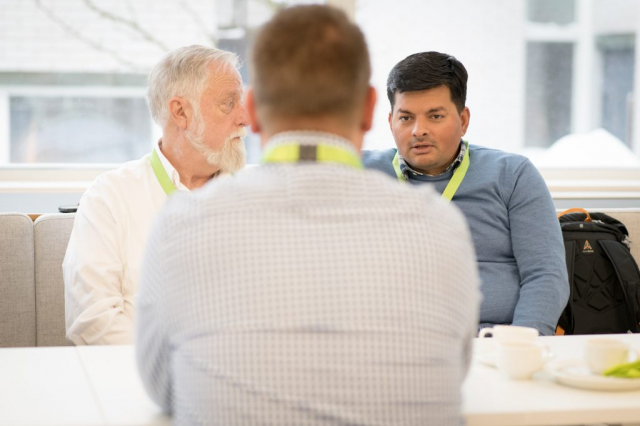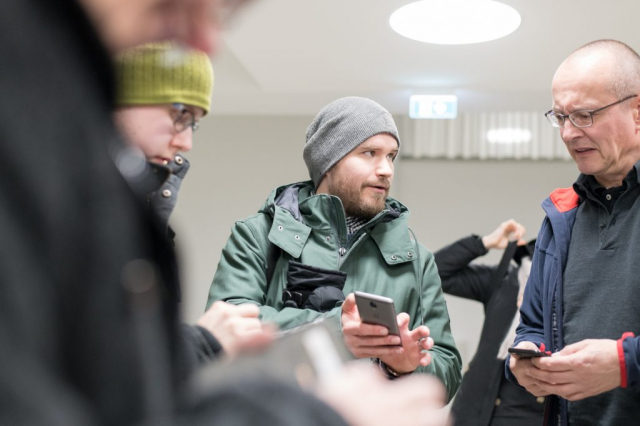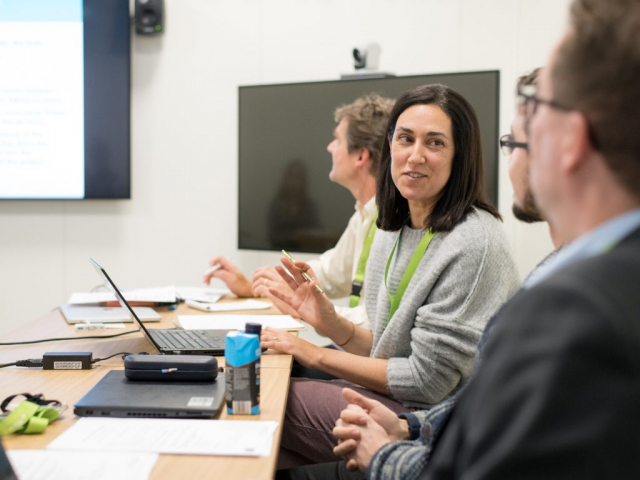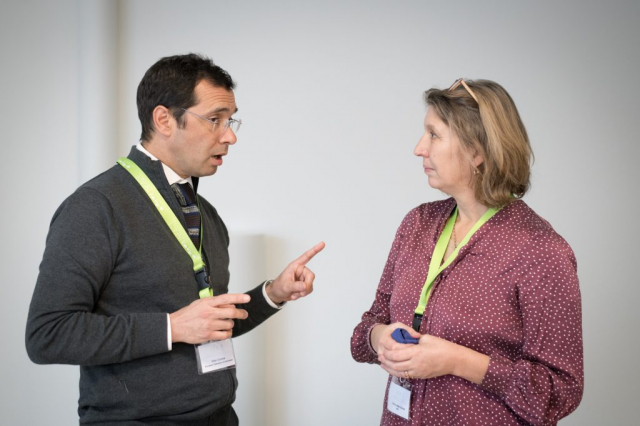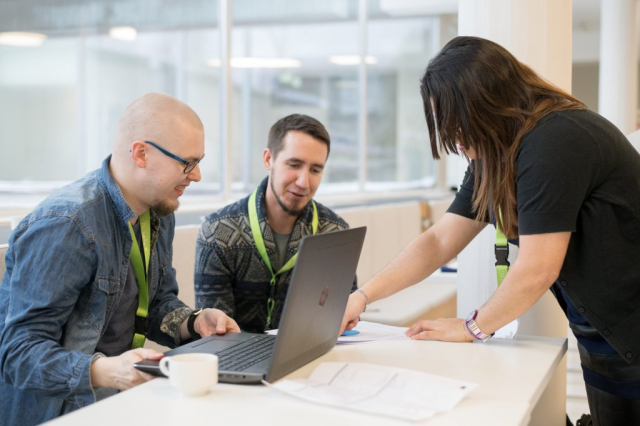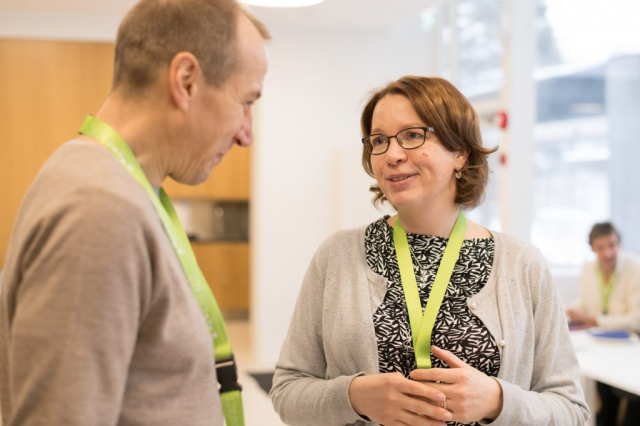During the final week of January 2019, the INFACT project assembled for its yearly consortium meeting. This time it was held at the Finnish Environment Institute, in Helsinki, Finland, where we assessed our work in the first year and started preparing for the coming tasks. In the meeting we had a lot to discuss. In fact, at times it felt like we had more to discuss than we had time. This made me think of the central role of communication in the project: how it is present in the weekly online meetings to the organized workshops at the reference sites. In this blog I discuss a few lessons in communication, inspired by the various working sessions at the consortium meeting. I also reflect how these lessons are applicable to the context of mining exploration projects in general.
The first year was busy for the project. There have been challenges and achievements, but overall, the work has been progressing quite well. When you have such a big research group, a mix of people from various cultures, different sectors and disciplines, it is normal that building a common understanding takes work and good communication. However, it should be noted that some amount of friction is not necessarily a bad thing. If everyone agrees on everything, you rarely come up with something truly creative or solve certain underlying problems. A little friction can mean passion and interest, which energizes the people to tackle the issues you are trying to work out.
To turn this passion into good results you need of course good methods of communication. Indeed, communication may be one of the most important aspects of the whole INFACT project. Interestingly, we have this microcosm of real-life attitudes towards exploration inside the project with various opinions and expertise in different and sometimes very specific areas. Thus, good internal communication is crucial for understanding the limitations and possibilities of what we can do and how to achieve our goals of developing less invasive and more acceptable exploration methods and technologies. On the other hand, good external communication is the key for explaining our work to the local communities in a clear manner and to gather the feedback needed to develop our methods even further to fit the local context.
Indeed, weak, nontransparent and sometimes the total lack of communication can lead to misunderstandings and distrust, which are common challenges that the mining industry faces today. Furthermore, for exploration projects more specifically, their arrival is often the first time the industry makes a contact with the local community. The first impression it leaves can be hard to shake off if it is not a good one. Trying to correct any misunderstandings or fix sore relationships after the damage has been done is always harder than acting pre-emptively.
Other times just getting the information to the right people is the key issue. Even if you know that the technology you are using is perfectly safe, it cannot be assumed that the person on the other side has the needed knowledge about it. One of the first lessons from our project was that people are more accepting towards new technologies as long as they are well informed about it. It is easy to imagine a reaction towards drone that suddenly appears in front of you during your morning jog. Is it spying me? Could it be dangerous? According to the results from the citizen survey we conducted last year, people were generally interested and quite positive towards the new technologies – but only – if they had been informed about the use of them in advance.
However, passion, correct information and a list of key stakeholders does not yet guarantee that your communication gets through. Building understanding, trust and relationships can take time. In our project, it has been interesting to observe how just spending time together with colleagues and practitioners from other fields in non-formal situations has been a great way to improve our common understanding. In the end, you might not agree with everyone, but once you see where they are coming from, it makes it easier to accept and find solutions that everyone can live with. Once you have a relationship, it can be also easier to bring up certain concerns or to ask more difficult questions. The casual talk at the coffee table or with the local stakeholder over a shared sandwich can sometimes work much better for transferring information than some formal sessions in a classroom.
Finally, the second important part in communication is listening. This is often the part we forget as there is a tendency to focus on the output. Listening can be hard if you feel like you really need to address some concern or voice your opinion on the discussed topic. At the consortium meeting, during the more intense discussions, I could see that we also have some room for improvement here. This can be especially important when dealing with sensitive issues, such as activities that can affect your local environment, livelihood or community. Whether you are organizing an information event, a seminar or a workshop in this kind of context, major attention should be paid to making sure people feel that they are being heard. Flooding the concerned people with facts and information does nothing, if you do not first listen to them and gather their worries and needs.
These general lessons are of course just a few of the issues to be taken into account in our project’s communications. In INFACT, we are running a stakeholder engagement programs in three very different regions in Europe (Germany, Spain & Finland), which have their own unique characteristics and requirements. In this context, this balance of customized and common approach is a question that has been following us since the beginning. Not to make it too easy, during all this, we are also trying to define a way to assess the acceptability of the tested technologies. Ambition is certainly not something that we are lacking.
Text: Juha Kotilainen, University of Eastern Finland
Photos: Moritz Kirsch, HZDR


